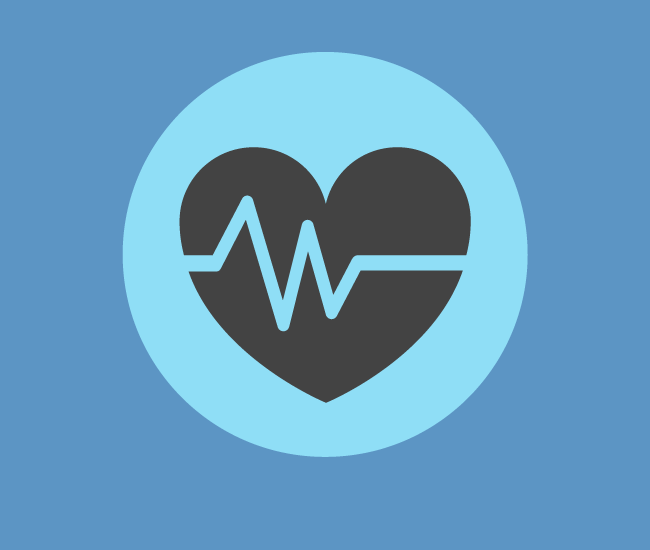I get a lot of people asking me, what does AED stand for?
AED stands for Automated External Defibrillator
An AED will recognize two deadly heart rhythms — ventricular fibrillation and ventricular tachycardia. When a person’s heart is not getting enough oxygen, cells in different areas of the heart begin to fire electrical impulses on their own in an attempt to produce more circulation, which causes the heart to go into ventricular fibrillation, chaotic electrical activity where cells are firing all throughout the heart with no organized pattern. A lack of oxygen can also cause the heart to beat faster and faster in an attempt to circulate more blood, causing the heart to beat so fast that ventricular tachycardia occurs. Ventricular tachycardia is an organized pattern of electrical activity where it is so fast that the ventricles are basically quivering. In either rhythm, the heart is not beating normally and there is no circulation of blood. When an AED recognizes one of these two rhythms, it will allow a shock to be given. The AED forcefully shocks the heart to stop the chaotic or excessively fast electrical activity so that the heart can reorganize and return to its normal organized electrical activity, pumping and circulating blood with oxygen. The more time that passes without circulation and oxygen, the more damage is done to the heart muscle. Eventually, all electrical activity stops. This is called asystole.
Each minute that defibrillation is delayed, the chance of survival is reduced by 10 percent. Few people are resuscitated after 10 minutes of no circulation, no breathing, and no CPR. Early defibrillation increases survival rates to greater than 50%.
Rescuers should begin chest compressions as soon as possible and use the AED as soon as it is available and ready.
AED Considerations
- Remove a patient from standing water, such as a puddle, before AED use. Rain, snow, or a damp surface are not a concern. Also, remove the person from a metal surface, if possible.
- Slightly adjust pad placement so as not to directly cover the area if the patient has an obvious bump or scar for a pacemaker. And remove medication patches found on the patient’s chest with a gloved hand.
PLEASE NOTE: Never remove the pads from the patient or turn the machine off.
To get started:
- Turn the machine on.
- Bare the chest. Dry it off if it is wet. If there is excessive hair, you may need to shave it off.
- Place one pad on the patient’s upper right chest above the nipple. Place the other pad on the patient’s lower left ribs below the armpit.
- Make sure pads are pressed down firmly.
- Follow AED prompts.
- Stand Clear. Do not touch the patient while the AED analyzes.
- If the AED says, “Shock advised, charging…,” shout, “Clear” and make sure no one is touching the patient. Push the shock button when the AED tells you to.
- If no shock is advised, give CPR if the patient is not moving and not breathing.
- As soon as the shock has been delivered, give 30 chest compressions followed by 2 breaths. Continue cycles of 30:2 until you see signs of life.
- The AED will reanalyze every 2 minutes and prompt for a shock if needed.
For more information on AED training, please watch the following short videos:
